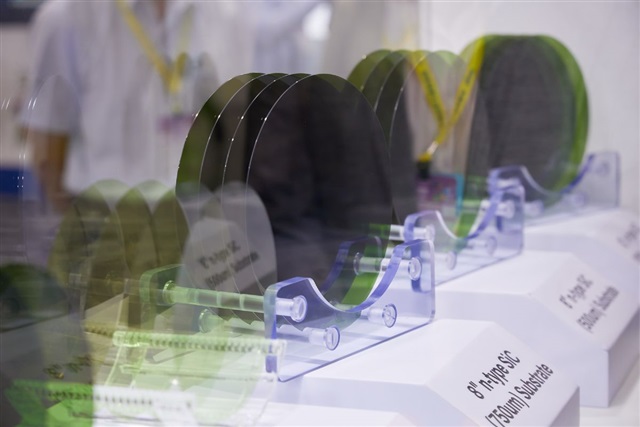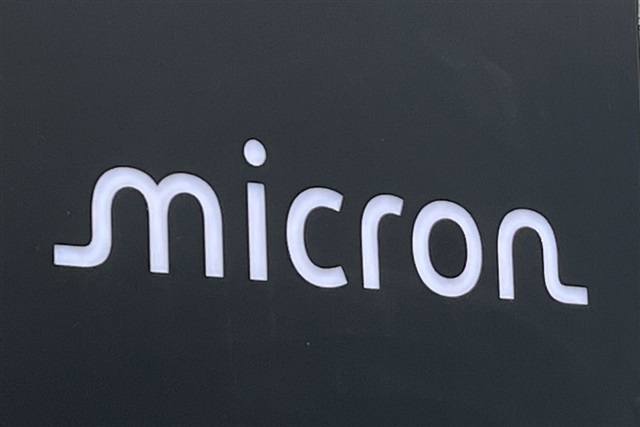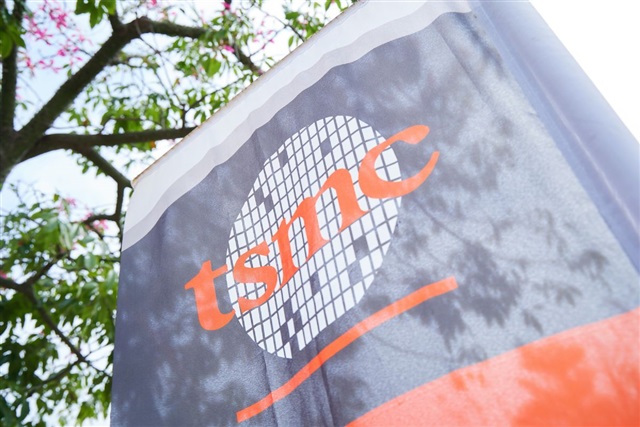One of the primary features of Linux is its flexibility, with the extensibility and ease of programming required to upgrade and update applications over time. These attributes have helped turn it into one of the most widely used operating systems in embedded systems.
Now, NXP Semiconductors is trying to bring it into the era of edge computing with its new i.MX 91 family. Based on Arm’s Cortex-A55 CPU, the processors are said to strike a balance between high performance, connectivity, and security as well as power efficiency and cost, suiting them for the next generation of Linux-based consumer, industrial, medical devices.
Charles Dachs, SVP and GM of Industrial and IoT Edge at NXP, said i.MX 91 is “setting a new standard for Linux platforms across IoT and industrial applications,” and it can serve as “the foundation for thousands of new device classes.”
Dachs added that “the i.MX 91 family enables the rapid development of platforms that may easily pivot into new markets and new applications, leveraging existing investments and streamlining product line updates,” as it has hardware and software compatibility with the rest of NXP’s i.MX 9 offerings.
Packed with Performance
The i.MX 91 app processor family is based on a single Arm Cortex-A55 CPU core clocked at up to 1.4 GHz and 16 lanes of LPDDR4 for the purposes of memory expansion, giving it a leap in performance over the previous-generation iMX 93. Based on the same 16-nm FinFET node as the rest of the platform, the chips are housed in 11- × 11-mm or 9- × 9-mm packages with 0.5-mm pitch.
The chips come with a rich set of connectivity features that fit the flexibility of Linux, including Gigabit Ethernet with time-sensitive networking (TSN) and USB Type-C. NXP said the I.MX 91 family is also equipped with a wide range of I/O features for everything from the factory floor to the smart home, including eight UARTs, eight I2C, eight SPI, and dual I3C interfaces, with a 12-bit ADC (see figure).

The new entry point for the i.MX 9 series, i.MX 91 also plugs into NXP’s industrial platform for smart factories and can be paired with its N-AFE chips, which run sensors and actuators. i.MX 91 is relevant in smart homes as well, when attached to the company’s tri-radio IW612 that supports Wi-Fi 6, Bluetooth 5.2, and 802.15.4. It also works with Matter, a secure connectivity standard for the smart home.
One of the company’s EdgeLock secure enclaves is embedded in the i.MX 91. This gives it access to advanced security features, including device lifecycle management and secure boot, among others.
Jim McGregor, principal analyst at Tirias Research, said the i.MX 91 family will give companies the ability to “add intelligence into traditional embedded and IoT systems, while also delivering scalability through the larger i.MX 9 series.” NXP explained that i.MX 91 shares common package and software libraries with the i.MX 9 series, giving customers the chance to upgrade devices based on the i.MX 93.
On the other end of the i.MX 9 family is the i.MX 95, which is a secure, high-performance embedded processor that integrates NXP’s homegrown NPU for on-device machine learning and a 3D GPU.
Supported by the company’s ecosystem of tools plus software and support, the i.MX91 series is guaranteed for a minimum of 15 years of availability as part of NXP’s product longevity program.
Early-access development kits will be available in the second half of 2023.
Abonnieren fuer regelmaessige Marktupdates.
Bleiben Sie auf dem neuesten Stand der Branchentrends, indem Sie unseren Newsletter abonnieren. Unser Newsletter ist Ihr Zugang zu erstklassiger Marktexpertise.

The US has initiated a Section 301 investigation into China's mature semiconductor processes and third-generation silicon carbide (SiC) semiconductors. Supply chain operators state that the increa

In 2025, we expect 9.5% growth in the global semiconductor market, driven by robust demand for data centre services, including AI. However, growth in other, more mature segments is expected to be stag

Taiwanese chip manufacturer TSMC has announced a $100 billion investment in the United States, aiming to build five additional semiconductor facilities.The plan was revealed by TSMC CEO C.C. Wei along

Prices of mature process memory, long hit by oversupply due to fast capacity expansion at Chinese makers, are expected to rebound, thanks to the Chinese government's consumption stimulus programs.

With the ongoing development of new-generation processors, the introduction of PCIe Gen5 specifications into high-end PC applications is set to commence in 2025. According to Micron Technology, Gen4 p

The global market is watching how TSMC, pressured by the US, might assist Intel's foundry operations, while Samsung Electronics and Rapidus, also facing challenges, may similarly require TSMC'